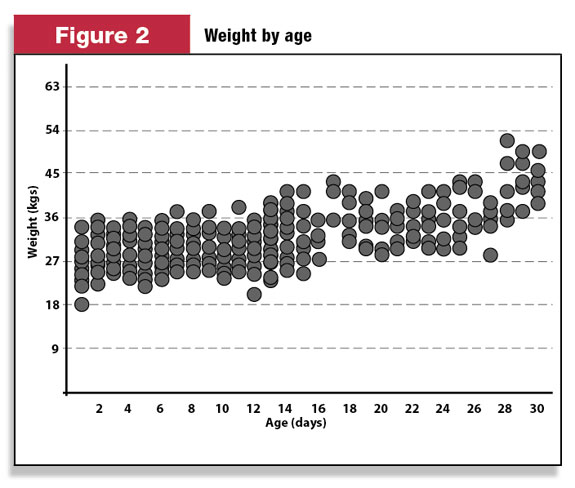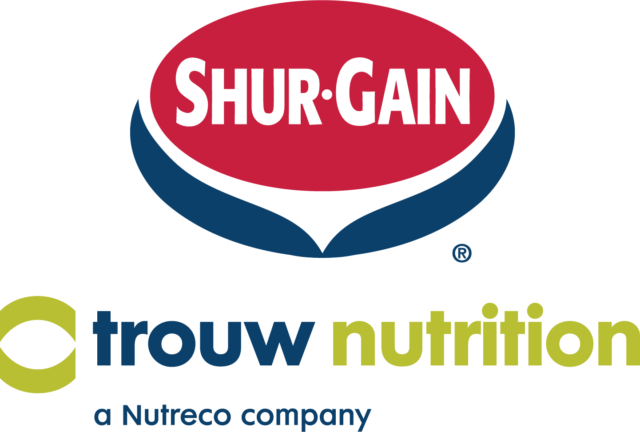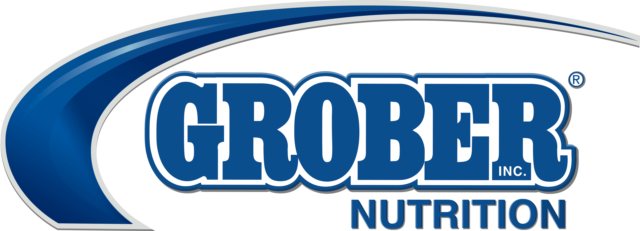Many producers report problems rearing calves without disease. First off, it is important to understand that they are living beings and, as such, some will get sick. Second, these are babies, so they are more susceptible to disease than adults.
Having said that, we all strive to raise them as healthy as possible. Here are a couple “secrets” to grow healthy calves: Give them a great start with colostrum, then feed them enough to grow and develop their immune system. It is actually as simple as that.
Feed good-quality colostrum on day one
Calves are born with almost no defenses. Colostrum contains all the defenses the calves will need until they can build their own defenses. Good colostrum has more defenses than bad colostrum; it is all about the content in immunoglobulins, which are the currency exchanged in fighting disease.
Think about it this way: Calves are born with an empty bank account on immunoglobulins. When we give them colostrum, we are making a large initial deposit.
We can make a big deposit by either giving a large quantity of colostrum or by giving good-quality colostrum.
The problem with the large quantity is that the stomach of a calf is not ready to deal with that large amount and will have problems processing it (think about it as the bank withholding a deposit cheque because it is too large and it needs to verify it). So, smaller deposits of good quality (no bouncing cheques) will deposit in the account easier.
Feed two litres of colostrum at least three to four times in the first day of life (every three to four hours).
Feed calves to support growth
After day one, calves should be fed enough to allow them to grow and develop their immune system so they can fight challenges that exist around them constantly. Calves are babies and, as such, they should be constantly growing.
Imagine what would happen if you went to your pediatrician with your baby and he or she has not gained weight in two weeks; they would probably report you to child services.
Continuing with the bank account analogy, imagine daily growth as daily deposits in the bank account of immunoglobulins, because the calf will be able to produce them every day.
Now, when a calf faces environmental challenges, it makes withdrawals from the account. There can be small challenges and large challenges. Small challenges are, for example, changes in temperature and humidity; large challenges are exposure to pathogens such as scours-causing bacteria.
If the bank account is always running low, the calf may be able to deal with the small challenges but, when a large challenge comes along, the account will likely go in the red and the calf will become sick because it cannot fight.
However, when the account has enough immunoglobulins, the calf will be able to fight off large challenges. This is why some animals (and people) are more resistant to disease than others – they have more reserves to work with when presented with a challenge.
For a long time now, it has been considered standard practice to feed calves two litres of milk or replacer twice a day. This is obviously enough to keep most of them alive, as you have experienced, but calves don’t grow much with this amount of milk.
Figure 1 compares calf growth on a Holstein farm when feeding two litres twice a day to three litres twice a day (each dot represents a calf).

The calf raiser reported more vigorous calves, less sickness and much less drug use after switching to three litres twice a day feeding.
He even increased to feeding four litres twice a day after 2 weeks old because he noticed a plateau in growth at that time.
Figure 2 shows calf growth for Jersey calves. During the first 2 weeks of age they were receiving two litres twice a day, while after 2 weeks they were receiving three litres twice a day.

Notice the change in growth after the increase in milk intake.
In conclusion, start them off well with good colostrum management and feed them enough to grow.
There is no reason for baby calves not to gain weight. If they are not growing it’s because they are not getting enough feed.
You can easily monitor growth by measuring several calves with the weight tapeevery other week. Record those weights and keep the records so your veterinarian and nutritionist can help you make changes if needed.
Excerpts from the (ODFA) Oregon Dairy Farmers Association Fall 2011 Newsletter










